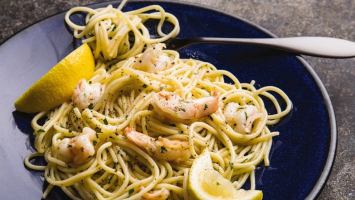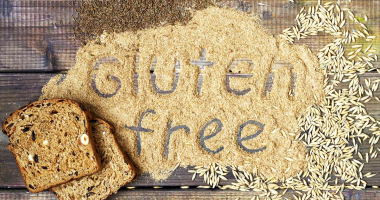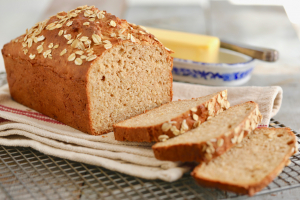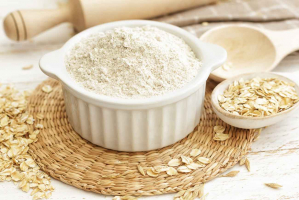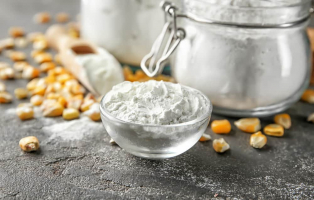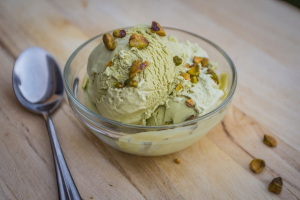Top 13 Best Gluten-Free Flours
Flour is used in a variety of meals, including bread, sweets, and noodles. It's also commonly used to thicken sauces and soups. The majority of items are ... read more...manufactured with white or wheat flour. While these two varieties of flour are not harmful to many individuals, those with celiac disease, non-celiac gluten sensitivity, or those avoiding gluten for other reasons should avoid them. Fortunately, gluten-free flours are available in a range of flavors, textures, and nutritional compositions. Here are the best gluten-free flours you should try.
-
Almond flour is a popular grain-free and gluten-free flour. It's produced with blanched almonds, which have had their skin removed. Almond flour includes around 90 almonds and has a nutty taste. It is widely used in baked dishes and can serve as a grain-free substitute for breadcrumbs. It may usually be substituted for ordinary or wheat flour in a 1:1 ratio. Use one additional egg when baking with this variety of flour. Keep in mind that the batter will be thicker and the finished result will be denser.
Iron, magnesium, calcium, potassium, copper, and manganese are all found in almond flour. It's also high in vitamin E and monounsaturated fat. However, the fat content raises the calorie count to 640 per cup, 200 higher than wheat flour. While almonds and all nuts are inherently gluten-free, it's still vital to examine the label to ensure the flour was not produced in a facility that also processes gluten.
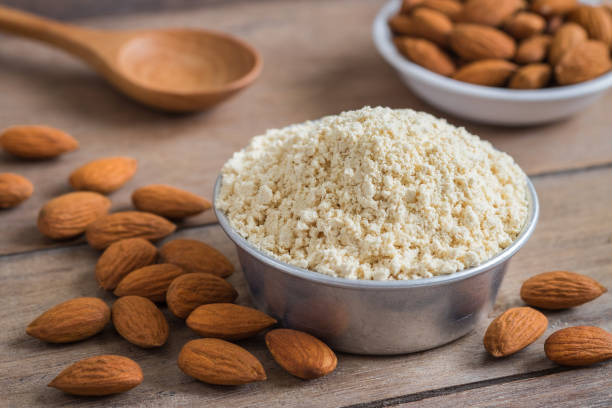
Almond Flour 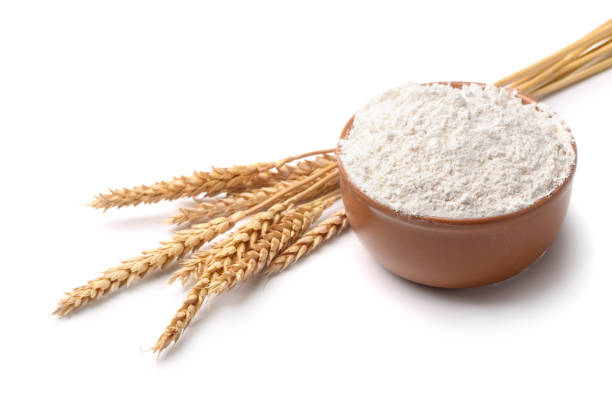
Almond Flour -
Buckwheat has the word "wheat" in it, however, it is not a wheat grain and is gluten-free. It is a pseudocereal, which is a type of grain that is eaten like cereal but does not belong to the grass family. Buckwheat flour has a deep, earthy taste and is ideal for fast and yeast bread. It has a crumbly texture because of the lack of gluten. It may be blended with other gluten-free flour, such as brown rice flour, to produce a high-quality product.
It is high in iron, folate, magnesium, zinc, manganese, and fiber, as well as a range of B vitamins. Buckwheat flour is also abundant in antioxidants, notably the anti-inflammatory polyphenol rutin. Buckwheat can get contaminated with gluten-containing foods through processing, shipping, or rotational cropping with wheat. To be safe, seek verified gluten-free on the label.
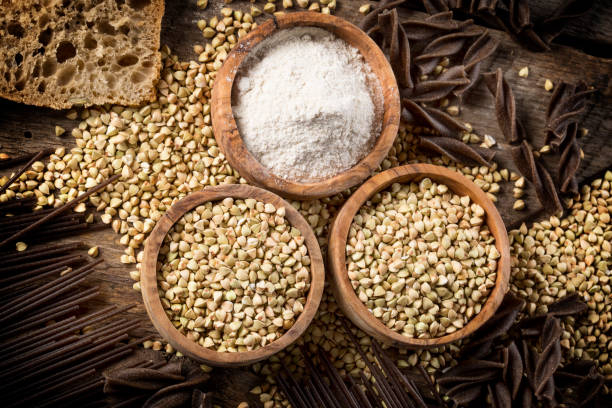
Buckwheat Flour 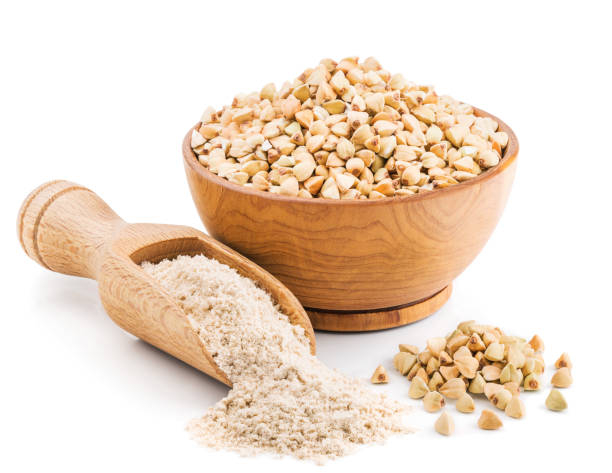
Buckwheat Flour -
Sorghum flour is derived from an ancient cereal crop that has been cultivated for over 5,000 years. The grain is naturally gluten-free and is ranked as the world's fifth most significant cereal grain. It has a light hue, texture, and flavor that is mild and sweet. As a heavy or dense flour, it is frequently combined with other gluten-free flour or used in recipes that call for a minimal amount of flour.
Sorghum grain has a lot of fiber and protein, which can help slow down sugar absorption. It also has a high concentration of mineral iron, as well as antioxidants that aid in the battle against inflammation. During the manufacturing process, sorghum flour may get contaminated with gluten. Look for the gluten-free certification mark.
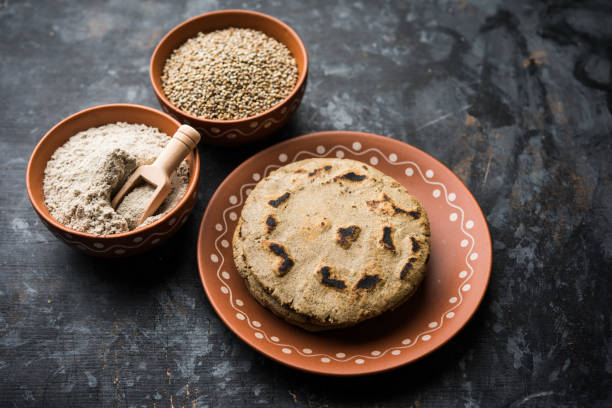
Sorghum Flour 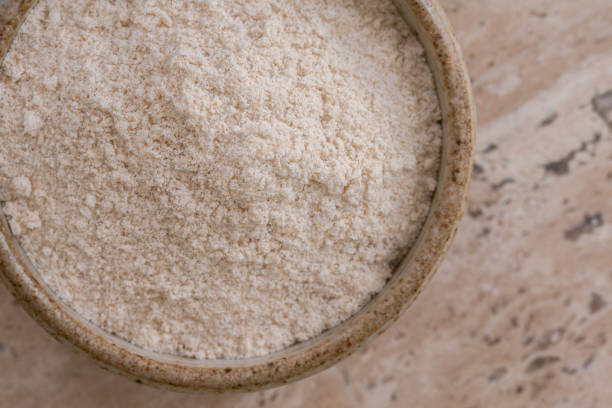
Sorghum Flour -
Amaranth, like buckwheat, is classified as a pseudocereal. It is a collection of over 60 grains that were previously regardedas a staple diet in the Inca, Maya, and Aztec civilizations. Amaranth has an earthy, nutty taste that blends well with other foods. It may replace 25% of wheat flour in baking but should be blended with other flour. This flour is best used for creating tortillas, pie crusts, and bread.
It has a lot of fiber, protein, and minerals including manganese, magnesium, phosphorus, iron, and selenium. These nutrients promote brain health, bone health, and DNA synthesis. If you are gluten intolerant, check labels carefully. Amaranth grown in the same facilities as wheat may include gluten residues.
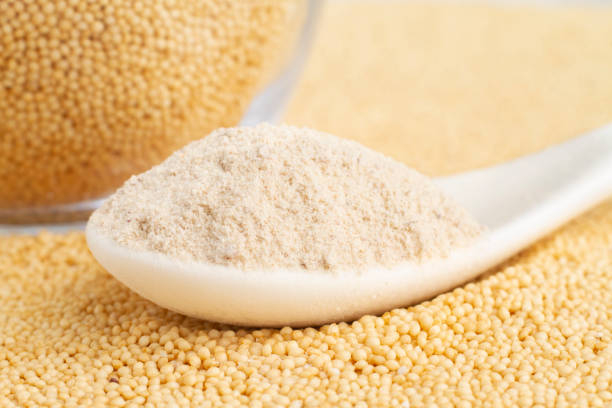
Amaranth Flour 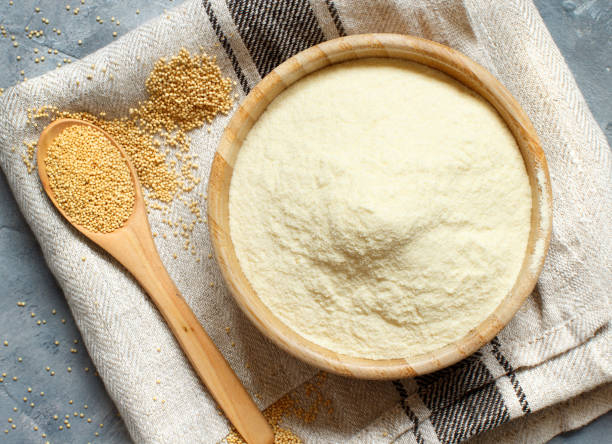
Amaranth Flour -
Teff is the world's smallest grain, measuring one-hundredth the size of a wheat kernel. It is available in a range of hues, from white to red to dark brown. Lighter hues have a light flavor, whilst deeper tints have a more earthy flavor. Teff flour has traditionally been used to produce injera, an Ethiopian fermented, sourdough-like bread. It is currently utilized in different dishes including pancakes, cereals, bread, and snacks. It can be used in place of 25-50% of wheat or all-purpose flour.
Teff flour is strong in protein, which increases fullness and can aid in the reduction of cravings. Its high fiber content can help with blood sugar management, hunger suppression, and weight reduction. It also has more calcium than any other grain and is the only ancient grain that includes vitamin C. To guarantee that your teff flour is gluten-free, look at where it was manufactured.
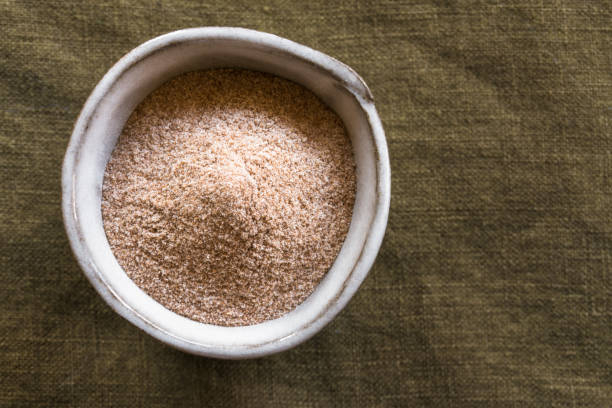
Teff Flour 
Teff Flour -
Brown rice flour is created by grinding brown rice. It is classified as whole-grain flour since it comprises bran, germ, and endosperm. It has a nutty flavor and may be used to produce roux, thicken sauces, or bread dishes like fish and poultry. Brown rice flour is commonly used to create noodles, but it may also be mixed with other gluten-free flour to make bread, cookies, and cakes.
It's also high in iron, B vitamins, magnesium, and manganese, as well as lignans, which are plant chemicals. Lignans may help protect against heart disease, according to research. To avoid gluten contamination, use brown rice flours that were not manufactured in a facility that also processes wheat.
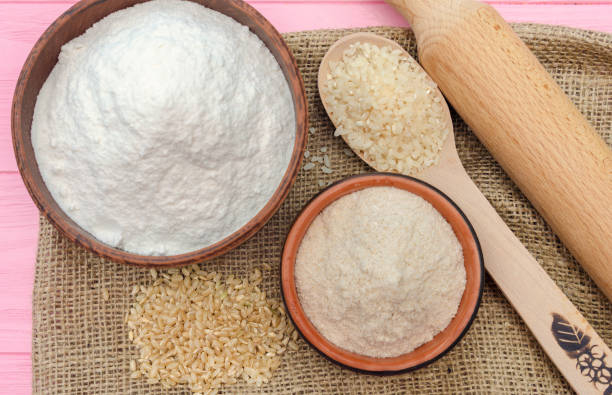
Brown Rice Flour 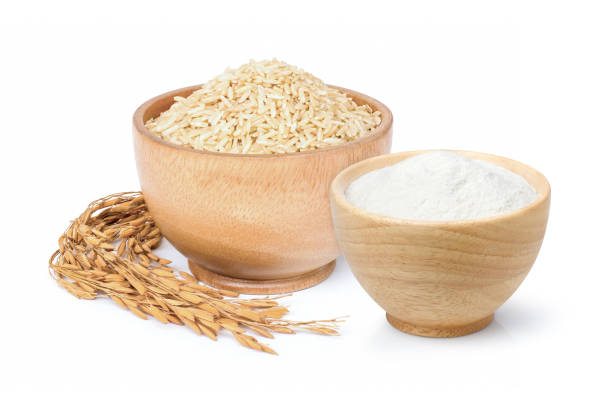
Brown Rice Flour -
Whole-grain oats are ground to make oat flour. It imparts more flavor to baked items than all-purpose flour and resulting in a chewier, crumblier texture. Baking with oat flour will most likely result in a moister final product. Some ingredients will need to be modified because of the lack of gluten to produce light and fluffy baked items. Oats contain beta-glucan, a form of soluble fiber with several health advantages. This fiber may aid in the reduction of "bad" LDL cholesterol, as well as blood sugar and insulin levels.
They are also high in protein, magnesium, phosphorus, B vitamins, and the antioxidant group avenanthramides. Oats and oat flour are frequently contaminated, depending on how they were cultivated and processed. If you can't consume gluten, check for goods that have been gluten-free certified.
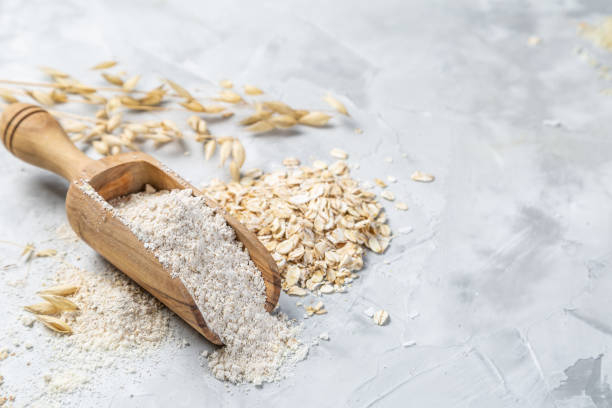
Oat Flour 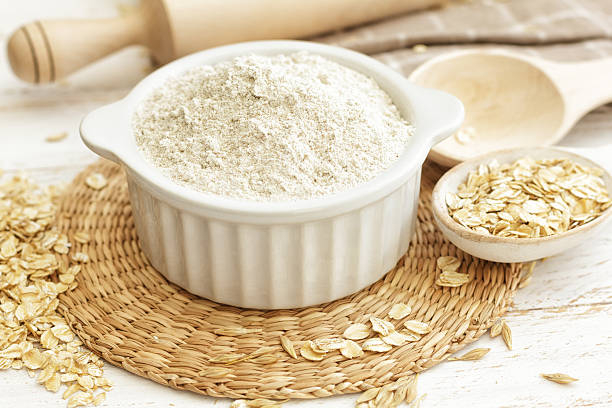
Oat Flour -
Corn flour is a highly refined form of cornmeal. The whole kernel, including the bran, germ, and endosperm, is used to make cornmeal. It is often used as a liquid thickening and may be used to produce tortillas and bread. Corn flour is available in both white and yellow forms, and it may be blended with other gluten-free flour to produce a pizza crust. It is high in fiber and contains the carotenoids lutein and zeaxanthin. These two plant substances function as antioxidants and can improve eye health by lowering the risk of age-related macular degeneration and cataracts.
It's also abundant in vitamin B6, thiamine, manganese, magnesium, and selenium, an antioxidant. Corn belongs to a distinct grass family from gluten-rich wheat, barley, and rye. Cross-contamination is more frequent in processed goods using maize flour. Even cornbread may be made using normal flour.
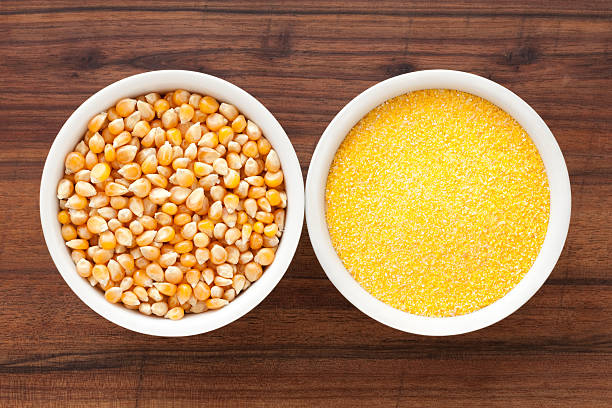
Corn Flour 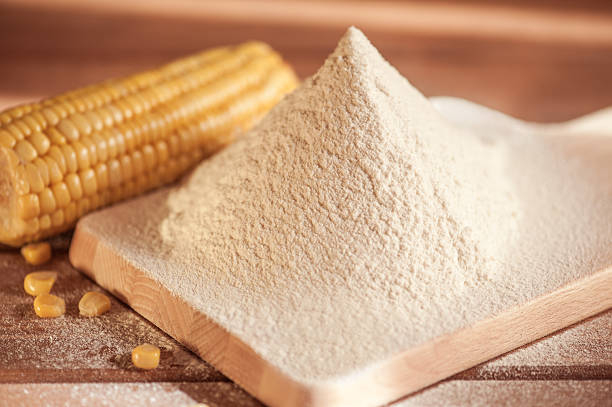
Corn Flour -
Chickpeas belong to the legume family. Chickpea flour, also known as garbanzo flour, gram flour, and besan, is manufactured from dried chickpeas. Chickpeas are popular in Middle Eastern and Indian cuisine because of their nutty flavor and granular texture. Falafel, hummus, and the flatbread socca are all made using chickpea flour.
It's high in fiber and plant-based protein. These nutrients act together to increase fullness, delay digestion, and control body weight. Chickpea flour is also high in the minerals magnesium and potassium, both of which are beneficial to heart health. Certain manufactured goods prepared with different gluten-containing flours may be contaminated.
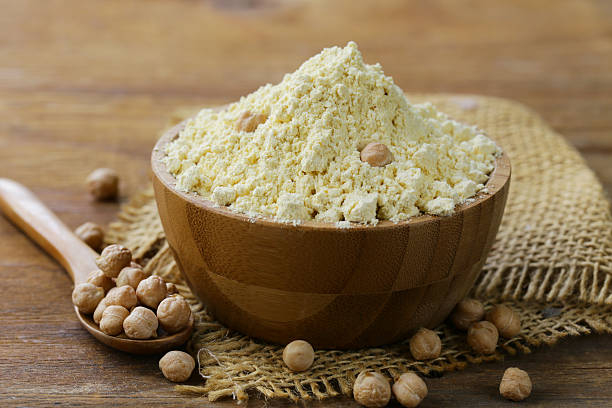
Chickpea Flour 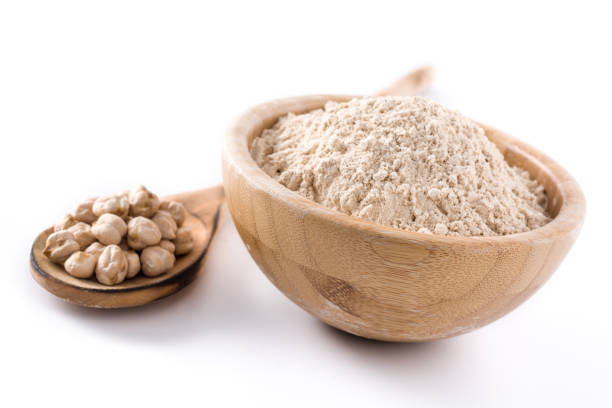
Chickpea Flour -
Coconut flour has a light coconut taste and is manufactured from dried coconut flesh. Its light texture produces results similar to ordinary flour and is suitable for baking bread and sweets. It's worth noting that coconut flour absorbs far more water than ordinary or almond flour. It contains a lot of saturated fat and lauric acid. This medium-chain triglyceride can supply energy to your body and, when combined with the fiber content of the flour, may help decrease "bad" LDL cholesterol.
According to research, its fiber content may assist maintain healthy blood sugar levels by not causing them to increase. Coconut flour is a wonderful alternative for people who are allergic to nuts or gluten. It can be contaminated during the processing step, so check where your flour was made.
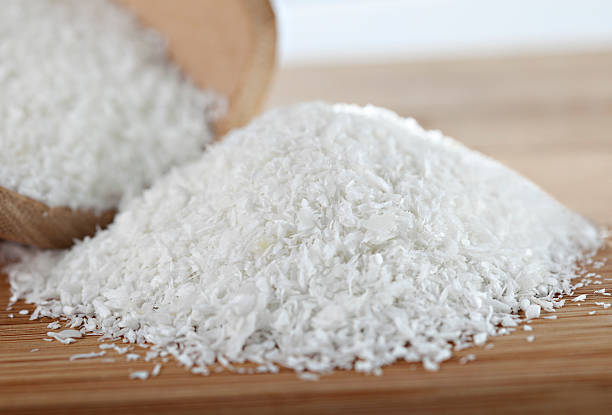
Coconut Flour 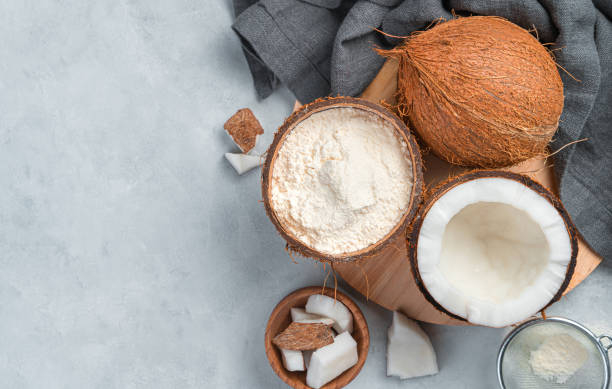
Coconut Flour -
Tapioca flour is manufactured from the starchy juice collected from the cassava root in South America. This flour has no discernible flavor or taste and is used as a thickener in soups, sauces, and pies. It may also be used in bread recipes in conjunction with other gluten-free flour. Tapioca flour, aside from carbs, has no nutritional benefit in the form of fiber, protein, or minerals. In fact, it is regarded as inferior to other whole-grain, gluten-free flour and is frequently seen as empty calories.
Tapioca flour's resistant starch component, which behaves similarly to fiber, is one of its health benefits. This starch is resistant to digestion and has been related to enhanced insulin sensitivity, lower blood sugar levels, decreased hunger, and other digestive advantages. If you're gluten-free, be sure tapioca flour isn't mixed with another gluten-containing flour.
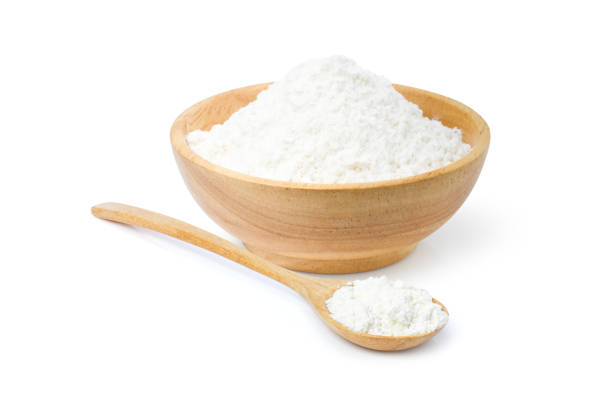
Tapioca Flour 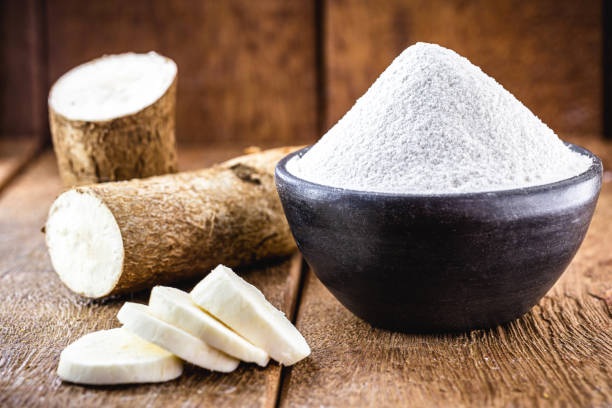
Tapioca Flour -
Cassava is a South American starchy root vegetable or tuber. It's also referred to as yuca. Cassava flour is manufactured by shredding and drying the whole root, as opposed to tapioca flour, which is prepared from a starchy liquid derived from the cassava root. This flour is devoid of gluten, grains, and nuts. It is the most comparable to white flour and may be used in recipes that call for all-purpose flour. It has a neutral taste and is simple to digest. It also has fewer calories than coconut or almond flour.
Cassava flour is largely made up of carbs. It, like tapioca flour, contains resistant starch, which has a number of digestive system advantages. According to some studies, the resistant starch concentration of this wheat may help reduce blood sugar levels and enhance insulin sensitivity. It should be noted that processing the cassava root may reduce the amount of resistant starch in the flour. Cassava flour is less likely to be contaminated because it may be used alone in culinary items. However, it is always necessary to consider where the product was processed.
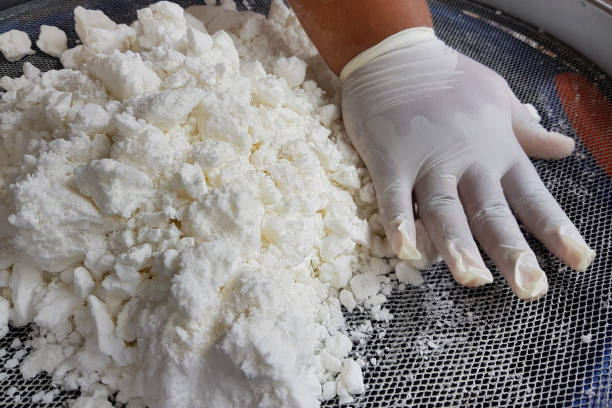
Cassava Flour 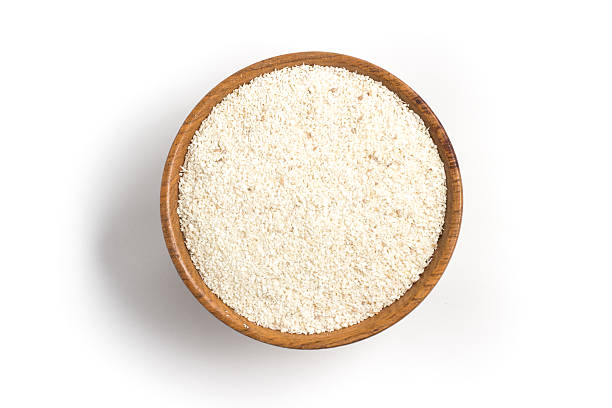
Cassava Flour -
Tigernut flour, despite its name, is not manufactured from nuts. Tigernuts are a kind of root vegetable native to North Africa and the Mediterranean. Tigernut flour offers a sweet and nutty taste that complements baked items beautifully. Because of its sweetness, you can reduce the amount of sugar in your dish.
It should be noted that it is somewhat coarser than white flour and will most likely result in goods with greater texture. One-fourth cup has 10 grams of fiber, which can aid in cholesterol reduction. Tigernut flour contains monounsaturated fat, iron, phosphorus, potassium, and vitamins E and C. Few firms make this flour, which is newer on the gluten-free market. Because tiger nuts are not grain-based, the possibility of gluten contamination is limited.
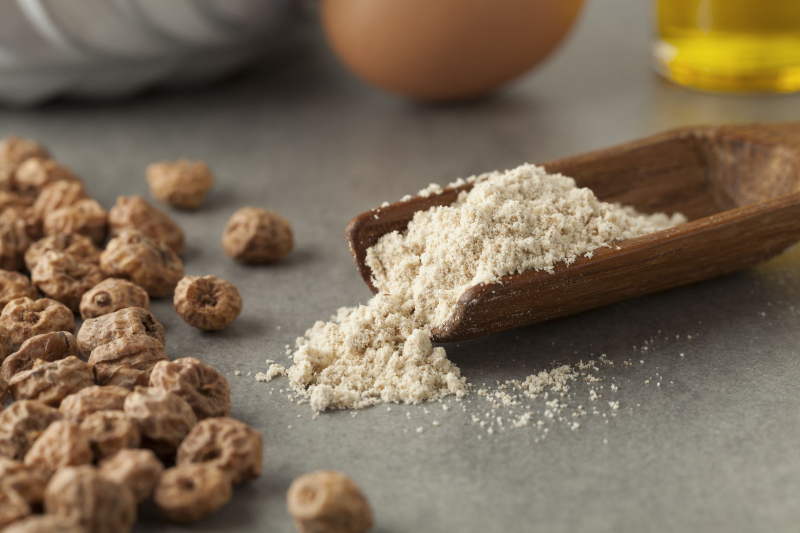
Tigernut Flour 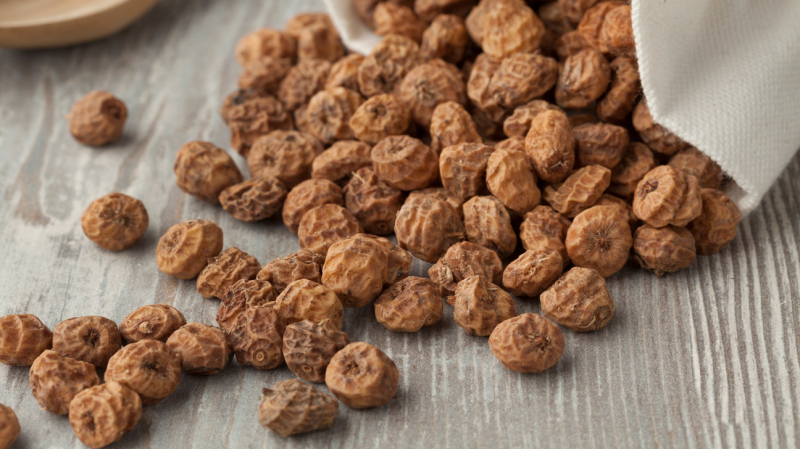
Tigernut Flour















